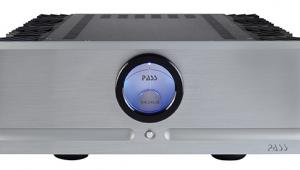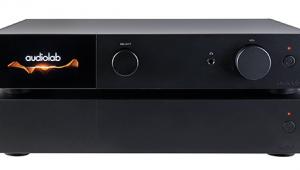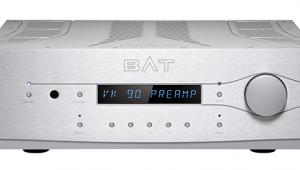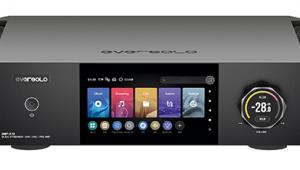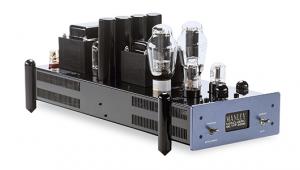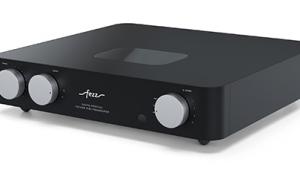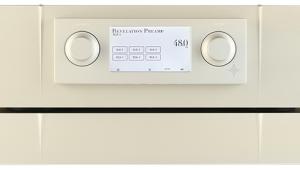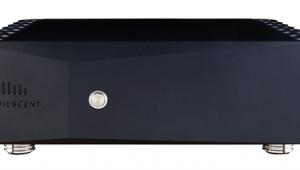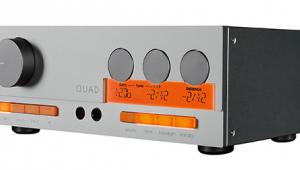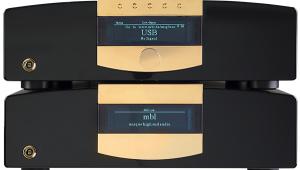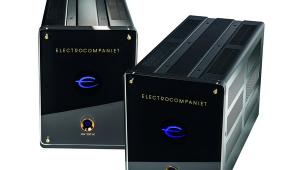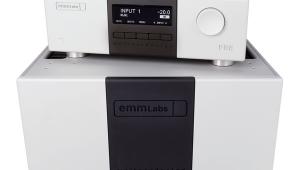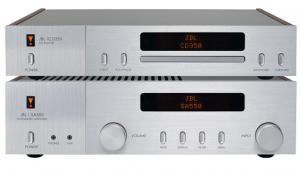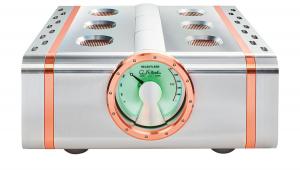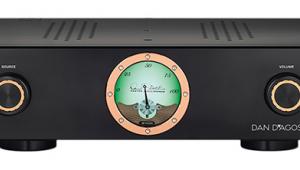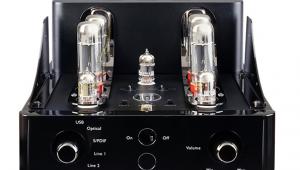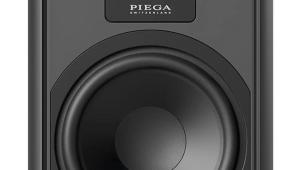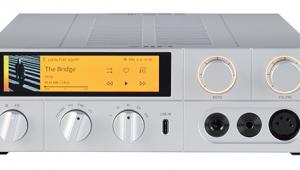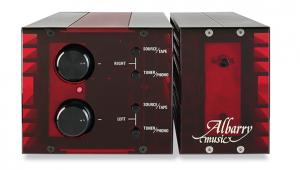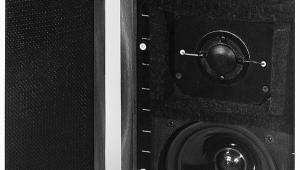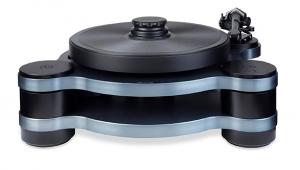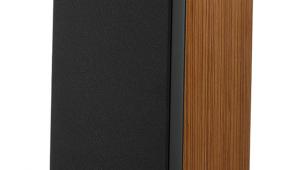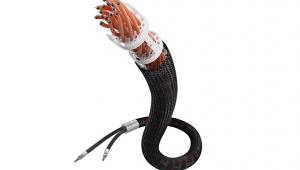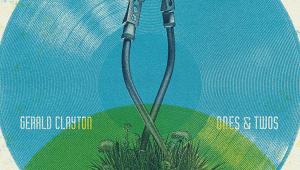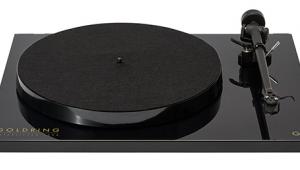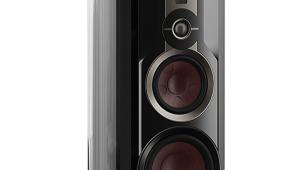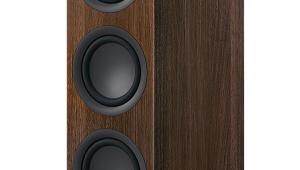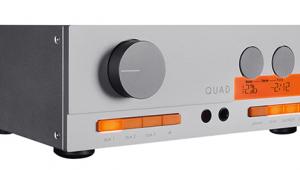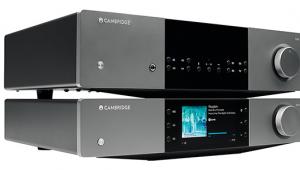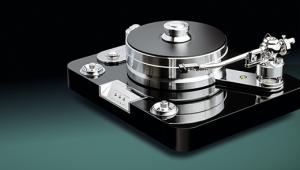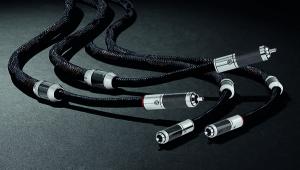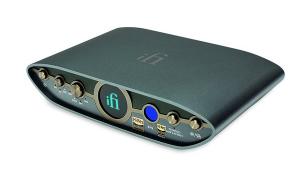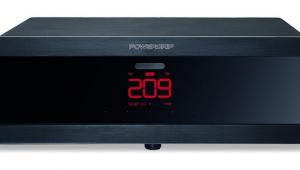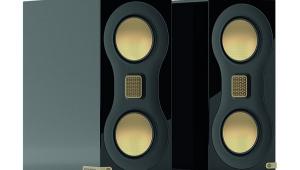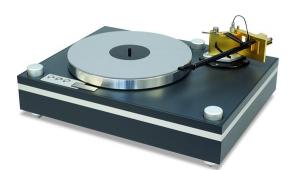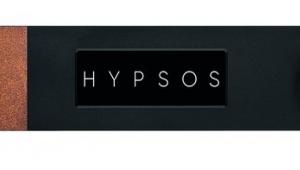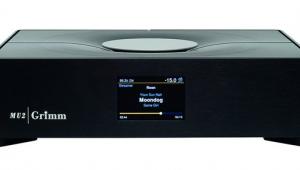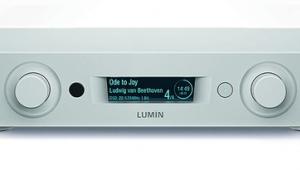Auralic Altair G2.2 Network-attached preamp/DAC
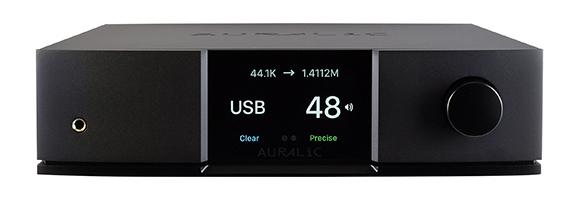

Almost as tricky as keeping up to speed with Taylor Swift releases is staying abreast of the range offered by network audio specialists, Auralic. Wrestling with the products’ naming and respective functionality can also be less than straightforward... The Altair G2.2 is the latest version of the company’s streamer/DAC, designed to be used into a conventional preamp, or direct into power amplification or active speakers via its analogue volume control.
The earlier G2.1 version [HFN Oct ’21] was still in the catalogue at the time of writing, and at the same £5299. However, that’s not the whole story, for an extra £600 you can have the G2.2 delivered with 4TB of NVME SSD storage installed, allowing it to function as a self-contained library/player, while available to special order is a version with an 8TB drive onboard. Add a USB CD drive to a unit fitted with one of these drive options, and the Altair can function as a CD ripper.
Three’s company
Auralic has built a reputation on doing things its own way, from the platform on which its products run, called Tesla, to its in-house Lightning operating system, which extends to a dedicated control app for iOS devices [see boxout]. And as we’ll discover, there’s more of that proprietary tech going on elsewhere within the Altair G2.2. In fact, this unit has new versions of both Tesla and Lightning, these making their debut not here but in other Auralic introductions – the Vega S1 streaming DAC and Aries S1 streaming processor. The latter is a digital-out-only transport and both are half-width units launched at £1957 apiece. An upgrade power supply, the Purer-Power External Power Supply Unit, adds just under £1000 to those prices.
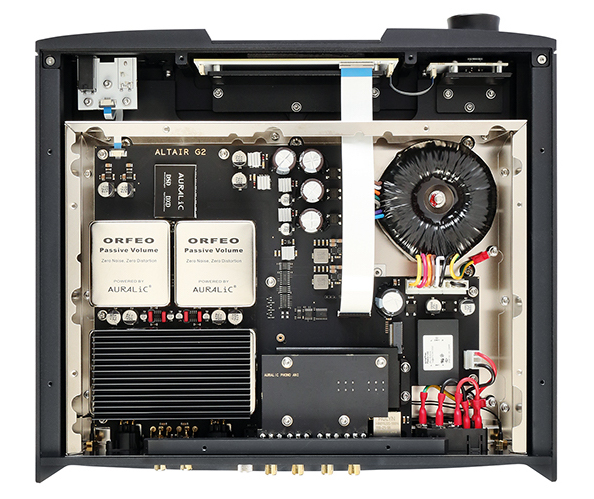
The fact that the Altair G2.2 runs on what Auralic calls its Tesla G3 platform might beg the question why this is isn’t an Altair G3 – nevertheless, it employs a new quad-core 64-bit processor with 2GB of memory for all the digital signal handling. New features of the latest Lightning 10 OS include ‘Direct Digital Recording’, which reads incoming data – to 384kHz/32-bit and DSD512, depending on input – into a buffer memory. From here data is re-clocked, removing input jitter, and passed to the custom DSP and DAC section. The use of DMA (Direct Memory Access) allows, says Auralic, ‘all audio-related hardware and software to access the system memory directly’, reducing latency and jitter compared to its Tesla G2 models.
These new-generation Auralic players also use what the company describes as its ‘Fusion DAC’, which bypasses the oversampling and digital filtering of the off-the-shelf ESS DACs. Thus, clock reconstruction, digital filtering and oversampling are handled by the Tesla processor, and can be customised via the menu system, leaving the DAC to handle the final digital-to-analogue operation.
Struck by lightning
At which point it’s worth mentioning that Auralic is still using its tiny type on the menu function of its products’ displays – I’ve just got new reading glasses and even I was struggling – which is a pity given the clarity of the main operational menu, and the display when actually playing music. For that reason, these adjustments, and setup of the Altair G2.2, are best handled via the Lightning DS app running on an iPhone or iPad. It’s comfortable, comprehensive and logically laid out.
Inputs on Auralic’s unit include Wi-Fi/Ethernet for Internet streaming, with services including Amazon Music, Qobuz, AirPlay 2, Tidal Connect, Spotify Connect and Internet radio, and it’s also Roon-ready. In addition, there are digital inputs – USB-B, USB-A (for storage), two optical and a coaxial – and the Altair G2.2 can be put into ‘Pure DAC’ mode when these are used, turning off all superfluous streaming circuitry.
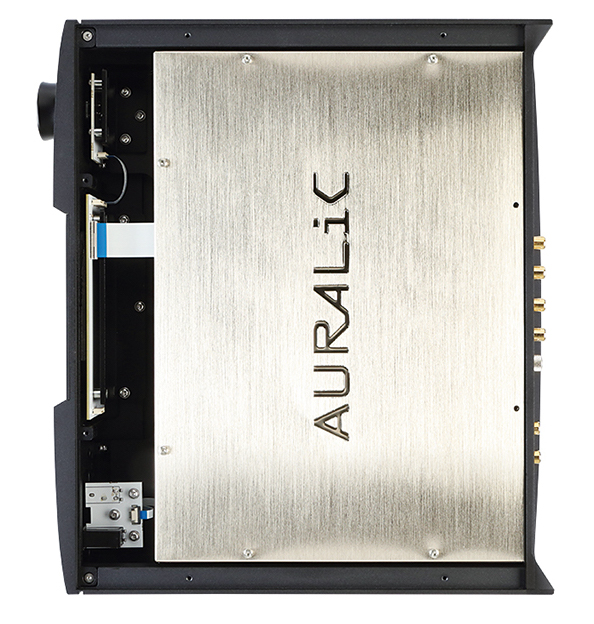
Downstream of the digital conversion, the Altair G2.2 is an all-analogue design, employing more of that proprietary technology. ‘Orfeo powered by Auralic’ includes a passive preamp/volume control stage for each channel, using a relay-switched resistor ladder, while the output stage uses a pair of Class A amplifiers. The output can be switched between 2V and 6V maximum on both single-ended (RCA) and balanced (XLR) connections. It’s also possible to disable the preamp section and revert to a fixed output, while for those using the Altair G2.2’s analogue inputs, there’s even a home cinema bypass function. Add to this an MM phono stage and it would appear Auralic really wants you to use the Altair G2.2 as your only preamplifier!
Buried in the menu system are various settings designed to tailor the sound, including Auralic’s usual four digital filter settings and a new ‘Tone Mode Adjustment’, which the brand claims ‘refines the output sound character of the DAC by incorporating harmonic elements into the music signal, based on a model rooted in auditory psychology’. Hmmm – I have to say that having tried all these settings I found it nigh-on impossible to discern any differences, and so left well alone [see PM's Lab Report].
![]() Open all hours
Open all hours
It’s not like the Altair G2.2 needs any user-intervention in this respect as its presentation is every bit as open, informative and involving as we’ve heard from past products from this stable, the DAC/preamp offering a generally open window to the quality of the recordings in play. With Clannad’s live Christ Church Cathedral set [ARC Music EUCD 2441], the Altair G2.2 did a superb job in presenting both the ethereal harmonies of the group and the expansive Dublin church space around them, giving new life to old favourites like the theme from ‘Harry’s Game’ and ‘Down By The Sally Gardens’. There was an almost palpable intimacy to the sound of the small group and its simple accompaniment in so large a space.
Dramatic slam
Keeping things Irish and live, but about as different as one can get, the Altair G2.2 snarled out Thin Lizzy’s finest moment, the Live And Dangerous album, from the comprehensive 2023 deluxe box set [UMG/Mercury/Vertigo 0819035], with both power and dramatic slam. Who cares whether the recordings were titivated with the odd overdub – or indeed lots of them – when the result sounds this hard-hitting and magnificent in the hands of this player getting on for 50 years later?
Writing this just after the UK’s brief hot summer of discontent, I found myself listening to the first two Tom Robinson Band albums, and in particular the catchy but angry Power In The Darkness [EMI TOCP-6354 Japan CD release]. I was surprised how good the Altair G2.2 made the tight, stripped-down instrumentation of drums, bass, guitar and organ sound, and how clearly messages from almost half a century ago, when we were all doing Rock Against Racism, still have something to say today.
Ambient sounds
Slowing down to Rachel Podger and Brecon Baroque’s The Muses Restor’d [Channel Classics CC46324; DSD256] revealed the sheer amount of detail the Altair G2.2 can unearth, both in the timbres of instruments and the ambience of the recording venue – in this case St John the Evangelist, Upper Norwood.

There was nothing in the slightest mechanical or artificial about the sound, but rather a wonderfully free and open balance courtesy of recording engineer Jared Sacks, who also edited and mastered the set. The Altair G2.2, which will handle everything up to 384kHz/32-bit and DSD512 via streaming or USB, maintained the focus on the soloist, but also rendered the accompanying musicians with delicious presence.
Keeping with up-to-date recordings, Feel, the latest EP from the Pet Shop Boys [Parlophone 44.1kHz/24-bit], found the Altair G2.2 digging deep into the lush mixes, multitracked harmonies and driving synth bass to deliver a truly enveloping sound, the warmth and richness of the balance offset by the amount of fine detail on offer. And the same goes for big orchestral recordings such as Schumann’s First Symphony by the Stavanger Symphony Orchestra under Jan Willem de Vriend [on Challenge Classics CC72958], where the Altair G2.2’s fresh and revealing midband and treble helped no end in creating a credible image of the orchestra set out before the listener, while the speed and dynamic ability here ensured the music flows beautifully.
King of hubs
So, is this latest Auralic unit an ideal all-rounder? Well, I didn’t have a G2.1 version to hand for comparisons, so we’ll have to take it as read that all the under-the-hood updates have been worthwhile, although you might still want to avoid the temptation of fiddling with those digital filters before disappearing down the rabbit-hole of all its various options.
Of course, there’s much to like in the solidity of the build, within and without, the player sitting on a substantial chassis-plate, having high-quality casework and a suitably minimalist look. Moreover, when you add in all this network player/DAC/preamp’s flexibility, plus the option of ordering it with built-in storage to add ‘music library’ to that roster of functions, it makes a lot of sense as a modern digital system hub.
Hi-Fi News Verdict
Auralic continues to develop its digital components with a raft of in-house technology plus solidity of build and sleek styling. Provided you stick to the excellent app for setup and operation you’ll get the best from this accomplished high-end player. And, while you probably won’t use all its features – some at beta stage here – they’ve been included at no cost to the basics of a very fine performance.Sound Quality: 86%
